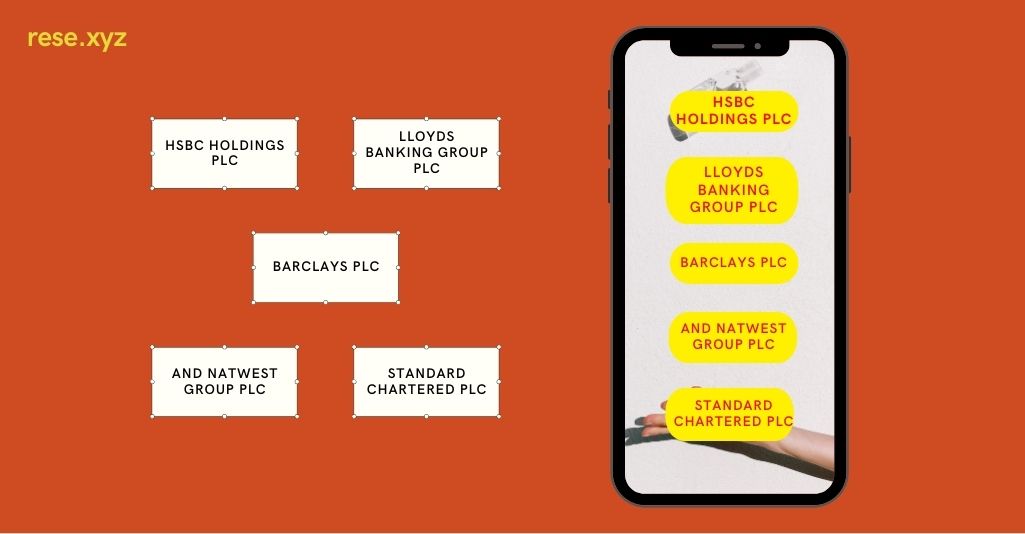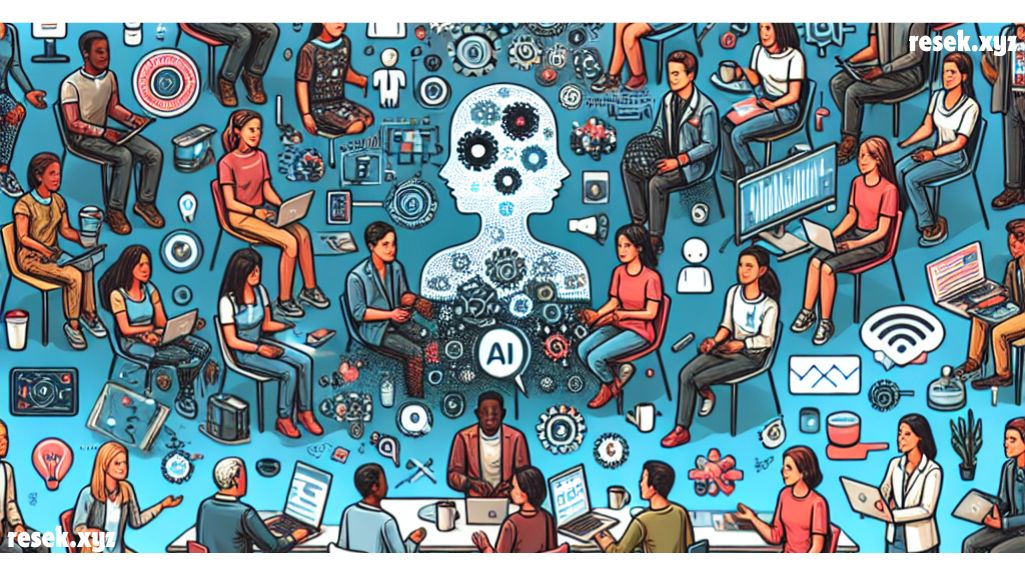Master the Art of Content Planning for Lasting Success
where everything happens instantly and there is a constant flood of information, content is the number-one tool for making you heard. But it is not enough to create compelling content – you need a well-designed plan. Whether you are a content marketer, small business owner, freelancer, or all rolled into one, your editorial calendar is what makes your content efforts sustainable. Find out why content planning matters, uncover the benefits of an outstanding editorial calendar and, more importantly, learn how to create your own, efficient content plan that withstands the test of time. Finally, explore the ways to keep your strategy flexible and agile with real-life examples to inspire your planning journey.
Why You Should Care about Content Planning Content
planning is your key to success in content marketing. Essentially, it means the ability to publish valuable information consistently. When content is planned, it is properly aligned with your business objectives while meeting the needs of your audience and is friendly to search engines . Planning helps you get organized and results-oriented, increasing engagement, and, therefore, creating better outcomes. For small business owners and freelancers, planning helps to make a difference. It is your chance to rise to the level of big players by making content just like they do. Planning helps to make the most of your limited resources and effort, build a name for yourself, become a meaningful player within your specific branch, build a trusting audience, and finally make more revenue.
When attention spans are shrinking in a time where there is so much noise, content planning helps you stand out from the crowd. Producing high quality and original content which is well-researched, relevant to the audience in real time can catch their eye. Having a content plan will position you to make quick modifications and capitalize on new opportunities in the changing digital world.
The Benefits of a Sustainable Editorial Calendar
Every content marketer needs an editorial calendar. Think of it as a color-coded content strategy roadmap, guiding your planning and scheduling organization for all the things you will publish. An editorial calendar that can be adjusted to hit both sides of this equation is the root of long-lasting success and a truly sustainable content planning system.
Consistency is one of the main benefits and editorial calendar provides. When you plan your content and schedule it in advance… You have a constant flow of new content being published Your audience remains engaged, trusting you. It is vital to maintain brand credibility and remain as a top-of-mind with your audience. You need consistency for this!
A sustainable editorial calendar also keeps all your resources in check, threshing out the last of their viability. When you have a set plan, in place; time and effort getting allocated to different types of content across various channels ensures that they are all used efficiently. This is crucial for busy small business owners and freelancers who wear many hats.
Finally, an editorial calendar acts as a frame for collaboration and accountability. Clearly define what tasks need to be done AND when they will get accomplished, this way there is a streamline of communication in your team and everyone knows their place. This translates to more streamlined workflows and better content.
How to Create a Top-Grade Content governance Plan
Audience and Goal Recognition
Before you create a content plan, it is important to first know your target audience and set the objectives. Create buyer personas to ascertain your audiences demographics, likes or dislikes and the problems they are facing. Knowing more about the people you target will help you create content that speaks to them. Try organizing some surveys or feedback zone to know what your audience is expecting from you.
Then you must set your content marketing goals. Is your focus on brand recall, lead generation efforts or sales conversions? Clear goals will direct the content planning process and enable you to measure success. Ensure your content goals are aligned with wider business strategy to ensure consistency and effectiveness.
We help build a complete understanding of your true audience & goals, so that you are able to create content which appeals and adds value. The reason being that this ground work form the foundation of a content plan which actually works in driving tangible results.
Searching for Keywords and Topics
Research And it allows you to see what topics and phrases people are searching for—and make sure your content is on the same page. They key in keywords that are relevant to the content you hope people find and they sometimes even use tools like Google Keyword Planner or SEMrush so their site will rank higher, extension boosting views than other writers.
Balance Evergreen Content With Trending Topics Evergreen content — relevant for quite a while down the road means it still attracts traffic long after you hit Publish. Trending topics, meanwhile, can tap into current still relevant trends and give an immediate uptick in engagement.
This means that you can have a content mix of evergreen and trending posts which will widen your target audience, keep them coming back for more, while at the same time providing value to their daily needs. Over time, devoting some effort to refresh that keyword research you did a while back helps verify your content is still engaging with the right topics in search engine results.
Content Calculation for the Calendar
Now that you have your content goals and topics decided, it is time to plan out an editorial calendar. The first step is to plan how often you will post and what kind of posts they will be. Mix up the way you share—blog posts, social media updates, videos and newsletters are all ways to reach your audience at their respective locations.
Develop a content calendar template specifying major dates, themes and schedule the completion by deadline. This will help you be more visual in your content strategy and keep the stream of contents coming. Manage your Schedule and Collaborate on it with Your Team Using Tools Such as Trello or Google Calendar
Planning your content well in advance will also enable you to plan all the big events -seasonal, product launches or promotions- that you want to take into account. It gives you a roadmap for how to measure all this, and adjust accordingly. Your content and business goals. A good editorial calendar is the one that supports your content efforts keeping you on track to accomplish your business objectives.
Roles and Deadlines
Set Responsibilities and Deadlines for Every Piece of Content to Keep Your Plan Running Efficiently. Create clear parameters for content generator, editor and coordinator to hasten the production process. Assign tasks for effective results; Do so according to individual strengths and expertise.
Set deadlines that are realistic and allow time for research, writing, editing and promotion. Be realistic about when things can get done and take into account team bandwidth, other competing initiatives for resources etc. Revisit and re-set those deadlines when things change or unforeseen challenges strike.
Having clear assignments and due dates helps you hold your team accountable, keeping things from bottlenecking. It creates a team-oriented environment focused on innovation and productivity, because everyone knows what they are expected to do.
You should also monitor and collect content
An editorial calendar does not need to be an overwhelming undertaking. There are a number of tools and resources to help you stay organized and efficient. Example: Task Management tool (Asana, Monday etc) citizenicon, or this Notion—can dramatically ease content planning and execution.
WordPress and HubSpot both offer a content management system with an editorial calendar plugin that’s perfect to let you schedule out when your pieces will go live. Most of these platforms have a simple drag and drop interface, content status tracking capabilities with the relevant workflow tools that all follow through together.
You should also monitor and collect content performance results through analytics tools like Google Analytics or BuzzSumo as well. Measuring performance metrics such as page views, engagement rates or social shares lets you know what’s doing well and where there is room for improvement.
How to stay flexible and be quick on our feet.
While a sound plan in an editorial calendar offers you the best way forward, but its necessary that one should be open to make adjustments on the go. With the world online changing all of the time, your content plan should adapt.
Review your content calendar periodically to look for gaps in optimization Being lead by the user experience and performance data, you should feel open to finding new formats that might work better as well as play with different types of content or even try out publishing 2/3 times more than what you are doing now.
Putting in some flexibility goes a long way to support the level of planning(backfire control) you want. Include some buffer for other surprises or short-term alternations as well. When time is of the essence, this backup plan allows you to quickly pivot without worrying about sacrificing quality.
3 Successful Examples of Content Planning From Real-Life
Many organizations have done exceptionally well with content planning strategies. For example, look at what companies like HubSpot do — they consistently create useful educational content that appeals to their prospects. They are serious about content and it shows: the Atlassian team manages their editorial calendar with military precision, allowing them to keep a steady stream of inbound leads coming from multiple channels.
Buffer, the social media management platform has been a paragon of data-informed content planning. They examine their audience preferences, as well create the content focusing on what matter most to their customers and is worth interacting.
Below are several real-life examples that illustrate the impact of content planning on brand success. You can take and apply the same steps to develop this type of a content plan around your brand.
Conclusion
Building a sustainable editorial calendar for Content that delivers results begins with content planning. Use these tips to create a content plan that not only resonates with your audience but also aligns your business goal from understanding who are you targeting, keyword research, paths towards mapping out the content and integrating tools.
At the end of day, for better or worse you will need to be more flexible than ever as we and things continue move into a digital universe. Continually revisit and tweak the content strategy to keep a competitive edge in your niche while adapting the needs of your evolving audience.
Create a Good Content Plan and Build an Audience for Long Term Success Work on creating your own sustainable editorial calendar and enable content to become a key lever of your marke



